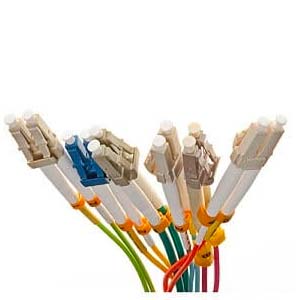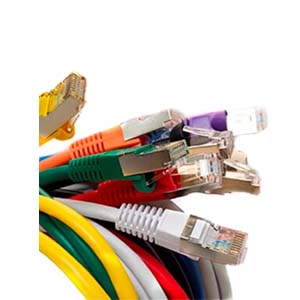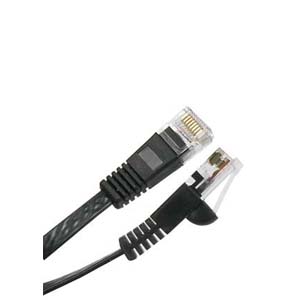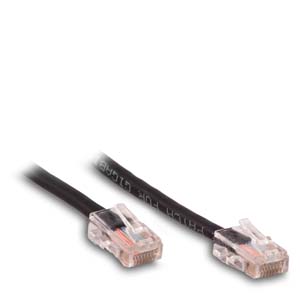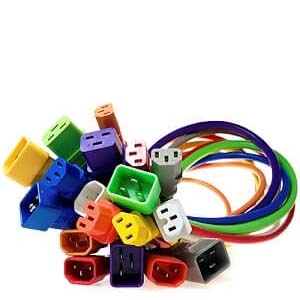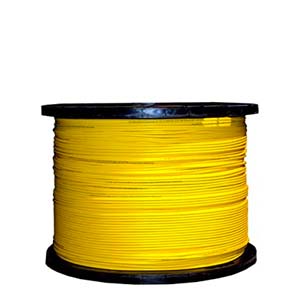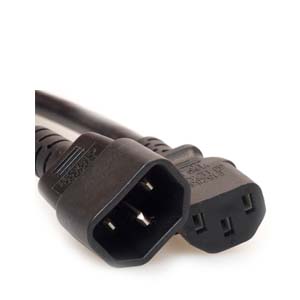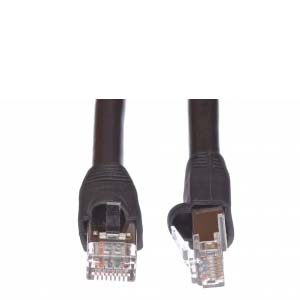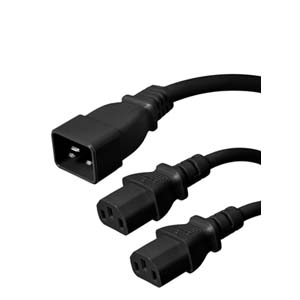Cables Blog
How far can HDMI cable be run while still maintaining high quality?
HDMI, or high definition multimedia interface, is the current standard in high quality transfer of audio and video data between devices. The most common example is between a computer and an external monitor or between a streaming device and a high-definition television. HDMI cables are capable of data transfer speeds up to 2.25 Gbps for the standard category 1 cables and 10.2 Gbps for the high speed category 2 cables.
by Vikas Dayal • July 17, 2017
HDMI, or high definition multimedia interface, is the current standard in high quality transfer of audio and video data between devices. The most common example is between a computer and an external monitor or between a streaming device and a high-definition television. HDMI cables are capable of data transfer speeds up to 2.25 Gbps for the standard category 1 cables and 10.2 Gbps for the high speed category 2 cables. They can allow you to run multiple displays from your computer, stream live television, and play video games smoothly with no interruptions.
There is some debate and question on if these magnificent cables lose some of their quality and speed with increasing length. As in power transmission lines, with increasing distance there are associated losses in transfer efficiency and some of the power is lost along the way. Some assume this is true of HDMI cables as well. Rather than power losses, it would result in losses in transfer speed and less smooth audio and video (i.e. a lower definition). When the technology was first being introduced, 15 feet was the approximate maximum distance that would maintain reliability.
The specifications on HDMI cables themselves as a technology (disregarding manufacturer specs) do not give an explicit limit in cable length. However, there is another way to know the limits on cable length. The HDMI Authorized Testing Centers give certificates for cables based upon speeds, reliability, and cable length. The longest cables to successfully pass the ATC tests for reliability and speed are around 45 feet long. These pass the HDMI 1.3a tests. While there are many 50 foot cables on the market, these generally may not have passed compliance testing, and further research should be done to ensure reliability.
There are cables that use an amplifier to compensate for high frequency data losses over the increased length of the cable. These can work excellently and maintain quality, but are not always the best option.
For sakes of practicality, any cable that is approximately 50 feet or less in length will work reliably. Economical cables and lower quality manufactured cables can maintain 780p or 1080i. Premium cables under 50 feet will be able to reliably achieve 1080p. However the device specifications and quality also play a role in the data transfer rates and reliability. Some devices won't be able to utilize the high-speed capacity of certain cables and could produce losses with increasing lengths even with an excellent quality cable. For most generic and practical applications, there is no worry about quality losses. Many standard and high speed HDMI cables are 3 and 6 feet in length and can accommodate most situations.
Therefore, it is wise to consult with specific cable specs and device specs to determine the quality needed and what if any losses will be over certain lengths. If cables exceeding this "maximum" capacity are needed, cables with the amplifiers are available. Another alternative to this is ultra high performance cables with RedMere Technology. These utilize chips in the cable heads to cut down thicker high speed cables and maintain high quality data transfer.


